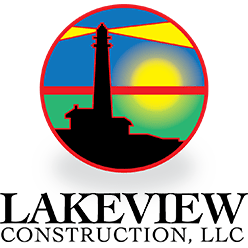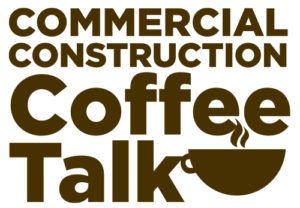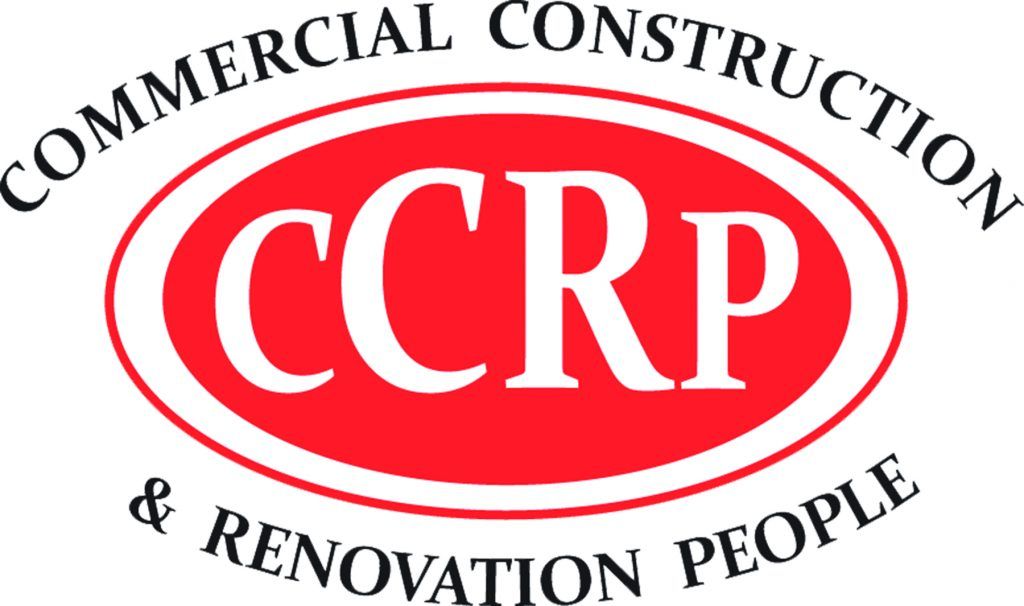Running a construction business often feels like juggling chainsaws while riding a unicycle. Between managing crews, balancing budgets, and staying ahead of deadlines, there’s barely time to think about growth—let alone plan for it. But here’s the thing: if you’re not actively building a foundation for long-term success, your business might be standing on shaky ground without you realizing it. Growth doesn’t just happen; it’s engineered, much like the projects you manage every day.
Are You Treating Growth Like a Side Project?
Many construction business owners fall into the trap of treating growth as something they’ll “get to” when there’s time. But waiting until your schedule clears up is like waiting for a construction site to be quiet—it’s never going to happen. The reality is, growth isn’t a side project. It’s something that needs to be woven into your day-to-day operations.
Ask yourself: Are you making decisions today that will benefit your business a year from now? Or are you stuck in reactive mode, constantly putting out fires without addressing the root causes? It’s easy to focus on immediate issues because they scream the loudest, but long-term growth is often found in the quieter corners—like refining your processes, investing in your team, and building strong client relationships.
The Hidden Costs That Hold You Back
Every business has expenses, but not all costs are created equal. Some investments fuel growth, while others quietly drain resources without adding value. Equipment maintenance is a perfect example. Ignoring small issues because they seem minor can lead to expensive breakdowns down the road. And when those repairs finally hit, they’re not just a line item—they can delay projects, frustrate clients, and eat into profits.
There are several factors that affect how much should heavy equipment repair cost, from the type of machinery to the availability of replacement parts. But beyond the obvious price tags, there’s the hidden cost of downtime. When a critical piece of equipment is out of commission, it doesn’t just sit there—it holds up crews, stalls timelines, and sometimes even triggers penalty clauses in contracts. Staying ahead of maintenance isn’t just about keeping machines running; it’s about keeping your business running smoothly.
Leadership: The Growth Factor You Can’t Buy
You can invest in the best tools, hire top talent, and secure high-value contracts, but if your leadership isn’t solid, growth will hit a ceiling fast. Strong leadership isn’t just about calling the shots; it’s about creating a culture where people are motivated to do their best work even when you’re not looking over their shoulders.
Great leaders know how to delegate effectively, trust their teams, and create systems that don’t rely on micromanagement. They also invest time in developing their people because a business grows faster when its team members grow, too. Leadership isn’t something you master once and forget about. It’s an ongoing process of learning, adapting, and improving—just like construction itself.
Is Technology Your Friend or an Afterthought?
In an industry built on heavy machinery and manual labor, it’s easy to overlook the role technology plays in driving growth. But ignoring tech tools can put you at a serious disadvantage. The businesses that thrive aren’t just good at swinging hammers; they’re good at managing data, streamlining communication, and optimizing workflows.
Embracing automation tools isn’t about replacing people; it’s about freeing them up to focus on the tasks that require human expertise. Whether it’s automating payroll, simplifying project management, or using data analytics to forecast trends, technology can take the guesswork out of growth. The key is to choose tools that actually solve problems rather than adding complexity. If a new system feels like more work instead of less, it’s probably not the right fit.
The Customer Connection You Might Be Overlooking
When you’re busy managing projects, it’s easy to view customer relationships as something that happens naturally. But the companies that grow consistently know that client connections require as much attention as job site logistics. It’s not just about delivering a finished product on time and within budget—it’s about how you communicate, solve problems, and handle the unexpected along the way.
Clients remember the little things: the quick responses to emails, the proactive updates before they have to ask, and the way you handle issues when things go sideways. Strong relationships lead to repeat business and referrals, which are often more profitable and less stressful than constantly chasing new clients. Growth isn’t just about landing more jobs; it’s about turning every job into an opportunity to build your reputation.
Growth Doesn’t Happen by Accident
A construction business grows the same way a building goes up—on purpose, with a plan, and through consistent effort. It’s not about chasing the next big thing or waiting for the perfect opportunity. It’s about making smart decisions today that lay the groundwork for tomorrow. Whether it’s tightening up operations, investing in leadership, or leveraging technology, the goal is the same: to build something that lasts. Because in construction, as in business, the strongest foundations are the ones you don’t have to worry about once they’re in place.































